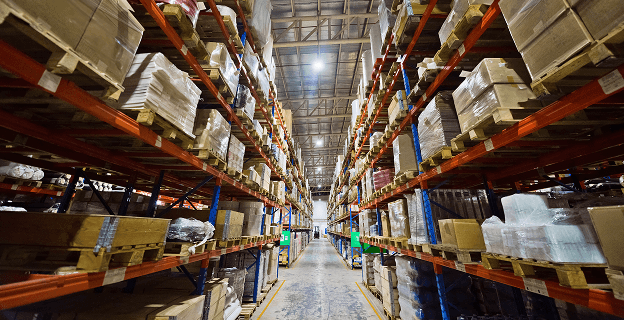4 Min Read • May 29, 2025
The Role of Remanufactured Parts in a Dealership’s Inventory

Today’s truck dealers have many options when it comes to offering maintenance and repair parts to their fleet customers. The decision to choose a genuine replacement part, all-makes part, aftermarket part, remanufactured part or rebuilt part is based on several factors, including manufacturer warranty, vehicle age, trade cycle status, cost and availability.
Supply chain disruptions during and following the COVID-19 pandemic made it challenging to get new replacement parts, driving demand for remanufactured ones. The current tariff-laden environment might mean we’re on the cusp of another surge for remanufactured parts
Because remanufactured parts are made from existing product cores, they often cost less and are more readily available than new parts. This makes them an attractive option for dealers looking to control costs and maintain vehicle uptime in a market where tariffs are driving up prices on new materials.
How Remanufactured Parts Are Different Than Rebuilt Parts
According to Bendix, remanufacturing is “a standardized industrial process by which cores are returned to same-as-new, or better, condition and performance. The process is in line with specific technical specifications, including engineering, quality and testing standards. The process yields fully warranted products.”
Similarly, Transport Topics defines a remanufactured part as “a used OEM part that's been stripped down, inspected, cleaned, repaired where needed, worn components replaced and the unit reassembled and tested, bringing it back to factory specifications.”
Remanufacturing differs from rebuilding in some important ways, although the two often are confused. Remanufacturing follows a standardized industrial process to restore a part to factory specifications. The core (the used part) is taken apart, cleaned and repaired as needed, with worn components like gaskets and washers replaced. The unit is then reassembled and tested to ensure it complies with factory specifications. Remanufactured parts typically have a warranty similar to that of a new part.
Rebuilding, in contrast, focuses on operational repairs to extend a vehicle's useful life. A Fleet Maintenance article says rebuilding is a process in which “parts that are still functional are cleaned and reused, while those that show wear or are broken are replaced.” Some rebuilders merely clean and repaint parts without restoring them to factory specifications. As a result, rebuilt parts may not come with a warranty.
Remanufactured Truck Parts Save Money and Support Sustainability
Because they're manufactured from existing cores, remanufactured parts can cost 25% to 40% less than a new product and often carry the same warranty.
There's also a sustainability benefit to remanufactured parts. Jeff Stukenborg, head of remanufacturing engineering for ZF Group, says that with its remanufacturing parts, the company is “salvaging between 60% and 80% of the material.”
Additionally, Circulate, an organization researching sustainability, explains that “80% less energy is used during the remanufacturing process compared to the energy used to manufacture the same part new.” Remanufacturing also conserves raw materials, including steel, aluminum and copper. Since less material is needed to make a remanufactured part, it can be produced more quickly.
Remanufactured parts are a good option for older vehicles where the original replacement part may no longer be available and for fleets that may be more sensitive to cost pressures.
Fleets Must Return Undamaged Cores
A successful remanufacturing operation depends on fleets returning the used parts — called cores — to dealers who'll then send them to the remanufacturer. Dealers must establish strict return criteria to ensure returned cores aren't damaged, as cores with damage can't be remanufactured.
Questions To Ask When Verifying a Part Is Remanufactured
Determining whether a part has been remanufactured or rebuilt can be confusing. When finding sources for remanufactured products, you must complete due diligence. Bendix suggests asking the following questions:
- Does the manufacturer use components to replace nonsalvageable or irreparable ones?
- Do they always replace worn components with new ones?
- What testing do they use to validate their parts’ performance?
- Do they offer post-sales support through service and warranties?
Look for Product Verification
MEMA Aftermarket Suppliers has developed a Manufactured Again Certification program, which verifies that the remanufacturing facility is “held to the same international quality standards as new manufacturing and also promotes environmental stewardship.”
The association asserts that companies selling remanufactured parts (including dealers) can be confident about the quality of the product. Dealers selling MEMA-certified remanufactured products can tout their benefits, including their like-new quality, warranty coverage, reduced cost and reduced energy and raw material consumption.
Remanufactured parts aren’t right for every repair, but they do give dealers another option to offer customers who are looking for lower-cost options or focused on reaching sustainability goals.
Share This












































